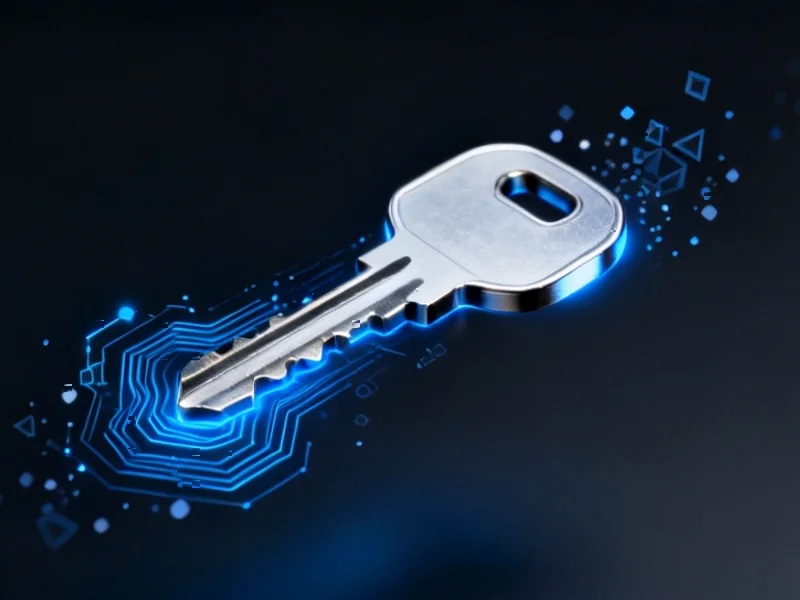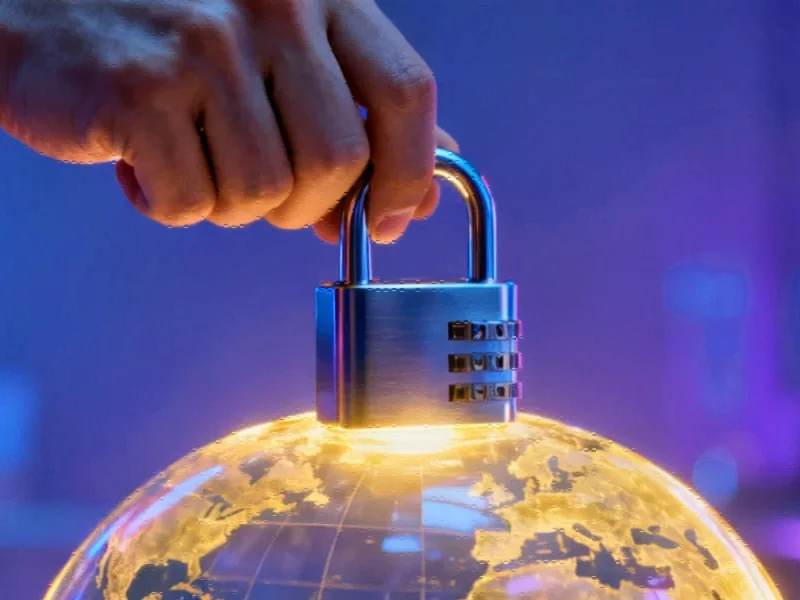The Password Problem: Why Microsoft Is Taking Drastic Action
In a bold move that signals a fundamental shift in digital security strategy, Microsoft is urging its massive user base to completely eliminate passwords from their accounts. This isn’t just another security recommendation—it’s a fundamental rethinking of how we protect our digital identities. With over one billion users worldwide, Microsoft’s push toward passwordless authentication represents one of the most significant security transformations in recent history.
“Our ultimate goal is to remove passwords completely,” the company has stated, acknowledging that the traditional password system has become increasingly vulnerable to sophisticated attacks. While millions have already made the switch, the majority of users continue to rely on outdated password-based security, creating what security experts call a “hybrid vulnerability” where even advanced protection methods can be undermined by the persistent presence of passwords.
The Impersonation Epidemic: Microsoft’s Unwanted Spotlight
Recent data reveals the urgency behind Microsoft’s password elimination campaign. According to Check Point’s latest Brand Phishing Report, Microsoft accounted for a staggering 40% of all brand impersonation attempts in the last quarter, maintaining its position as the most impersonated company globally. This means that nearly half of all phishing attempts are using Microsoft’s trusted name to trick users into surrendering their credentials.
The psychology behind these attacks is straightforward: cybercriminals stick with familiar, trusted brands that users interact with regularly. Microsoft’s dominance in both consumer and enterprise environments makes it an attractive target. As these industry developments continue to evolve, the sophistication of these attacks grows correspondingly.
How Passkeys Transform Your Security Posture
Unlike traditional passwords, passkeys link your account security directly to your hardware devices—whether that’s your smartphone, security key, or computer. This approach eliminates several critical vulnerabilities inherent in password-based systems. Passkeys cannot be stolen through phishing attacks, there’s no secret code that can be tricked out of you, and they’re immune to database breaches that have compromised billions of passwords in recent years.
The security advantage becomes particularly evident when examining how these related innovations protect against common attack vectors. Even if a user has both a passkey and a password enabled, the account remains vulnerable through the password channel. This is why Microsoft emphasizes that partial adoption isn’t sufficient—complete password removal is necessary for maximum protection.
The Two-Factor Authentication Upgrade You Need Now
While implementing passkeys is crucial, Microsoft also recommends upgrading your two-factor authentication (2FA) methods. SMS-based 2FA, once considered adequate protection, has become increasingly vulnerable to SIM-swapping attacks and interception. Security experts now universally recommend switching to authenticator apps or hardware security keys for secondary verification.
This shift in authentication methodology represents part of broader recent technology trends moving toward hardware-based security solutions. The same principles that protect vehicles from sophisticated attacks are now being applied to digital identity protection, creating a more resilient security ecosystem.
Beyond Microsoft: The Broader Impersonation Landscape
Microsoft isn’t alone in being targeted by impersonation campaigns. The Check Point report identifies Google and Apple as the second and third most impersonated brands, completing a trifecta of technology giants that attackers frequently mimic. Notably absent from the top rankings were Meta and Netflix, though security experts caution that Netflix’s lack of passkey or robust 2FA support remains concerning.
The return of PayPal and DHL to the top ten most impersonated brands highlights cybercriminals’ renewed focus on financial platforms and shipping services. These sectors leverage trust and urgency—two psychological triggers that attackers expertly manipulate. As we see in other sectors like market trends, security considerations are becoming increasingly integrated into product development cycles.
Implementation Strategy: Your Path to Passwordless Security
Transitioning to a passwordless existence requires a deliberate approach. Start by adding a passkey to your Microsoft account through the security settings. This typically involves using Windows Hello, the Microsoft Authenticator app, or a FIDO2 security key. Next, review and upgrade your 2FA method, replacing SMS verification with an authenticator app.
Most importantly, once you’ve established reliable alternative authentication methods, take the final step of deleting your password entirely. Microsoft’s account settings now include a “passwordless account” option that, when enabled, prevents password-based login entirely—eliminating that vulnerability vector completely.
The Human Factor: Changing Security Behaviors at Scale
Microsoft acknowledges that their most significant challenge isn’t technical—it’s behavioral. “We have to convince an incredibly large and diverse population to permanently change a familiar behavior—and be excited about it,” the company notes. This represents one of the largest-scale digital habit changes ever attempted, requiring both education and intuitive implementation.
The success of this initiative will likely influence security standards across the technology industry. As more companies observe Microsoft’s progress in migrating users away from passwords, we can expect similar initiatives from other major platforms, potentially making passwordless authentication the new security baseline.
Looking Forward: The Passwordless Future
Microsoft’s aggressive push toward password elimination signals a broader industry transition that has been developing for years. As security threats grow more sophisticated, the limitations of human-managed passwords become increasingly apparent. The combination of passkeys and advanced 2FA represents the next evolution in digital protection—one that balances security with usability.
For users, the message is clear: the era of password-dependent security is ending. By embracing passwordless authentication now, you’re not just protecting your Microsoft account—you’re future-proofing your digital identity against evolving threats and positioning yourself for the next generation of security innovations.
This article aggregates information from publicly available sources. All trademarks and copyrights belong to their respective owners.
Note: Featured image is for illustrative purposes only and does not represent any specific product, service, or entity mentioned in this article.



